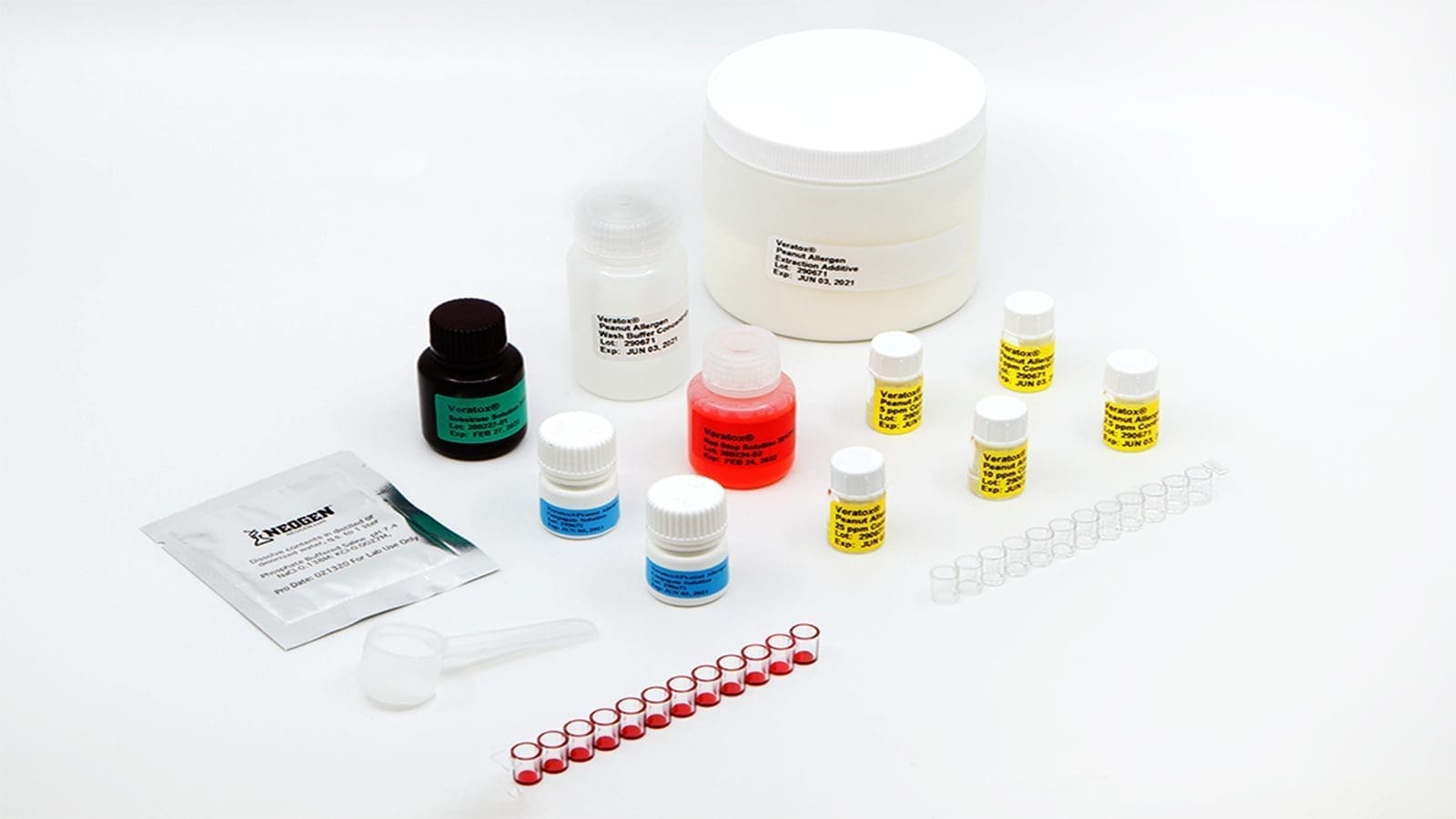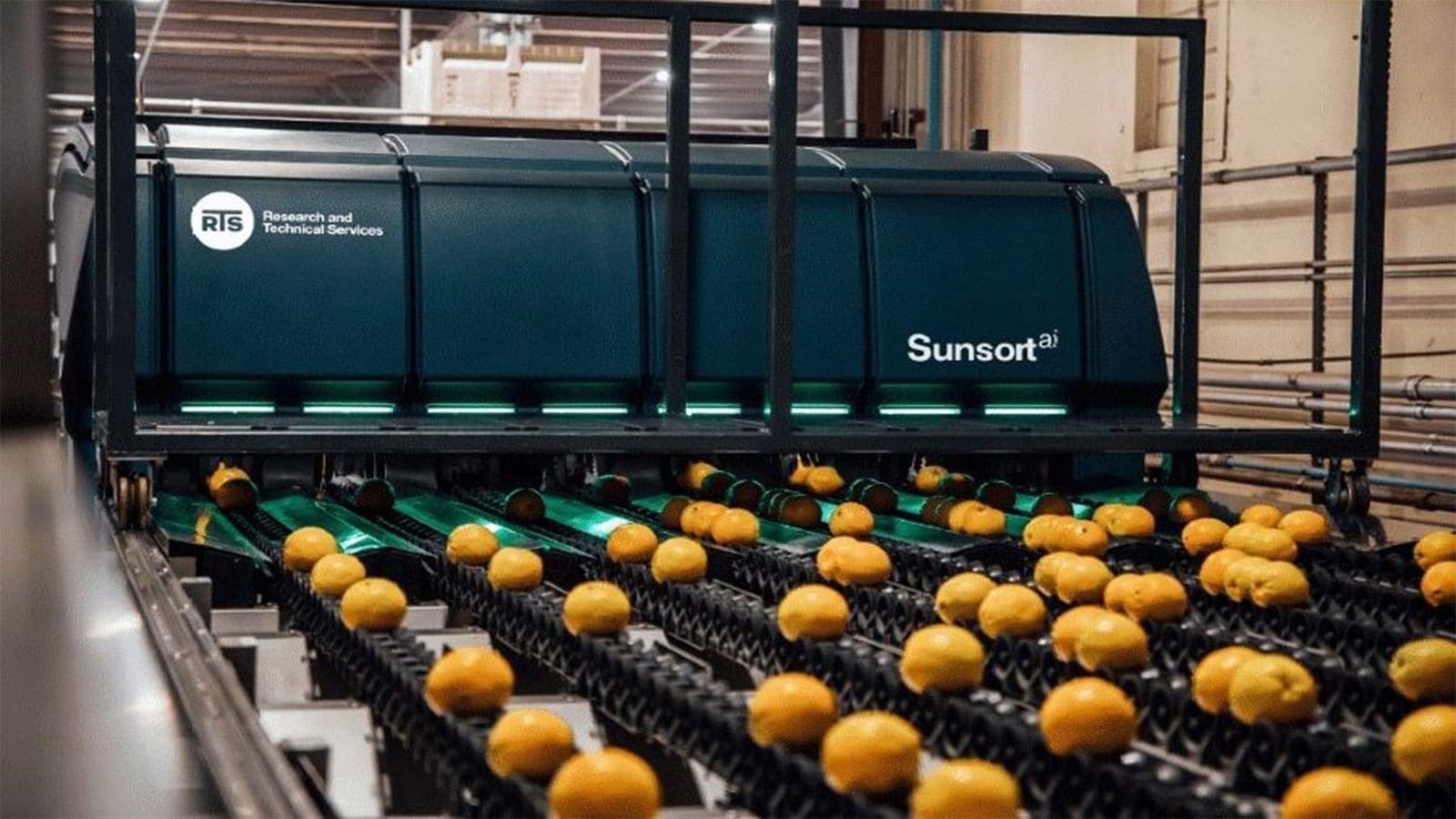U.S – The “Food Safety Testing Market” is projected to reach USD 31.1 billion by 2027 growing at a CAGR of 8.1% to reach.
This is according to a report published by MarketsandMarkets titled, “Food Safety Testing Market by Target Tested, Technology (Traditional and Rapid), Food Tested (Meat, Poultry, Seafood, Dairy, Processed Foods, Fruits & Vegetables, and Cereals & grains) and Region – Global Forecast to 2027”.
The market is currently estimated at USD 21.1 billion in 2022.
According to the forecast, the market for food safety testing will grow at the greatest CAGR in the meat, poultry, and seafood segment by type of food tested.
One of the main societal concerns has been the safety of meat and meat products, which is characterized by a number of issues connected to either microbial infections or other problems (whether biological or not), including food additives, chemical residues, genetically modified organisms, and microbial pathogens.
Increased consumer interest, awareness, and scrutiny as well as an increase in the number of customers at risk for infection have all been highlighted as plausible factors for the current rise in meat safety issues.
One of the major factors that drive the growth of the seafood testing service industry is the high demand for seafood products, such as crustaceans, shrimps, crabs, lobsters, tuna, marlin, and swordfish, due to their nutritional values such as the presence of omega fatty acids and other essential nutrients.
By target tested, the pathogen segment is anticipated to hold the largest market share in the food safety testing market
Pathogens are the primary factors in food contamination that result in disease-infected hosts.
According to the WHO, some of the most prevalent foodborne infections that harm millions of people each year, occasionally with serious and fatal consequences, include Salmonella, Campylobacter, and enterohaemorrhagic Escherichia coli.
The need for food safety testing services has grown dramatically over the past several years as a result of rising rates of foodborne illnesses and the growing significance of food safety.
Over the course of the forecast period, the traditional technology segment is expected to account for the second-largest market share in the market for food safety testing.
Microbial testing, visual inspection, and culturing methods all use traditional technology.
Culturing techniques and enzyme-linked immunosorbent assay (ELISA) take a minimum of two to three days. This technology’s sole significant flaw is that it takes a lot of time.
However, it is anticipated that the conventional market will steadily expand as routine tests are an essential component of the most popular food safety testing facilities.
Meanwhile, Europe is projected to achieve the highest market share in the food safety testing market.
The foundation of the European Union’s (EU) food policy has established high standards for food safety that protect consumer health and encourage the effective operation of the European market.
Consumer confidence in the capacity of the food business and food safety agencies has declined as a result of various foodborne disease evidence and food contamination.
Because of this, European food safety regulations adhere to the “from farm to fork” philosophy, which calls for testing to begin as soon as raw materials are acquired and continue through to ultimate distribution.
For all the latest food safety news from Africa and the World, subscribe to our NEWSLETTER, follow us on Twitter and LinkedIn, like us on Facebook and subscribe to our YouTube channel.








